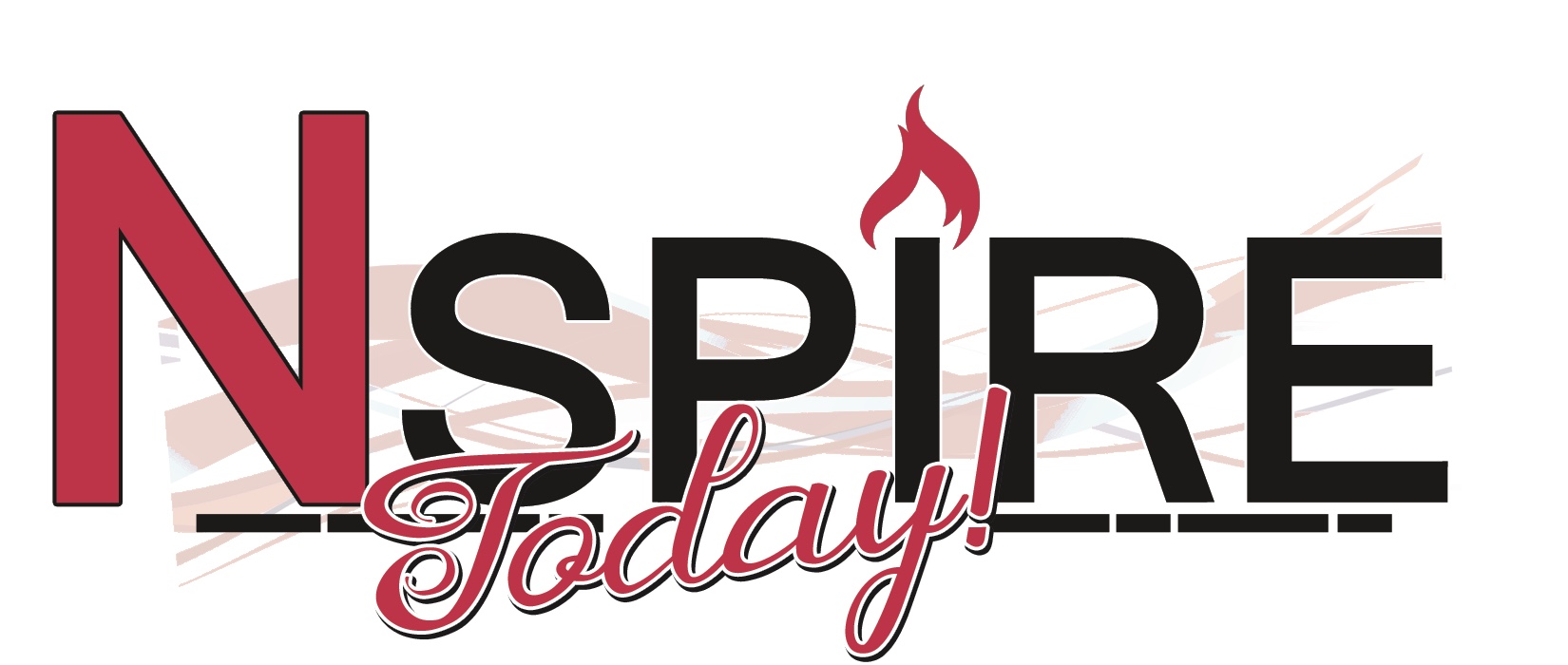Regional West Medical Center Public Relations Department
SCOTTSBLUFF, Neb. – From skilled surgeons and support staff to a robotic surgery system, Regional West offers patients multiple surgical options.
Typically outpatient procedures, minimal-sedation cases, are performed at Scottsbluff Surgery Center, Regional West’s ambulatory surgical center (ASC), located just west of the main hospital. The surgery center typically sees most of the gastrointestinal scopes and orthopaedic and arthroscopic surgeries.
The main hospital operating room (OR) is generally used for more complex surgeries that usually require an inpatient stay, but may also be used for outpatient procedures, depending on the surgeon’s schedule and equipment needs.
“The main OR is designed to see more of the big cases where you need products, you need equipment, and you most likely need an inpatient stay,” said Regional West Chief Medical Officer Matthew Bruner, MD, FACOG.
Bradley Hertzler, MD, a general surgeon with Regional West Physicians Clinic-Surgery, Vascular Diagnostics, said Regional West surgeons have the capability to perform a wide range of operative interventions.
Having local options available is important in a community hospital, Dr. Bruner said.
“It’s life-saving in some situations,” he said. “If we didn’t have the capability that we do, there would absolutely be people who wouldn’t be here today. For the families who need us, it’s life-changing for them.”
Jeffrey Holloway, MD, FACS, recently performed the 500th procedure using the robotic da Vinci® Surgical System.
The advantage of the da Vinci robot over a traditional laparoscopy, for example, is improved visualization and better instrument movement due to the delicate instrument articulation. Traditional laparoscopy is done with straight sticks with not as much ability to twist and turn, Dr. Bruner said.
“With the robot, all of a sudden, I can move it with my wrists, and get around a corner,” he said. “It’s a magnified view with 3-D vision so I can better see the area. You’re able to get through complicated procedures more precisely and safely and with less risk of injury to bowel and to urologic structures.
“It has really caught on with some general surgery cases, and has really caught on for some of the larger urologic cases,” he said. “The advantage with urologic cases is it can be nerve-sparing, whereas traditional open or laparoscopic surgery may not preserve some of the nerves because of the dissection. The robot allows that to happen, and that’s great.”
Dr. Hertzler said the functionality of the da Vinci robot is another tool on a surgeon’s belt.
“It doesn’t replace the surgeon, but it’s that next level in technologic care,” he said. “It allows the surgeon to see things better. It allows them to work more easily, more precisely. It’s allows us to have different visualizations. It’s a piece of technology, but it’s the best piece of technology.”
The addition of the da Vinci robot is one way Regional West is keeping up with surgical innovation.
“This hospital has really pushed itself to be on the forefront of technology,” Dr. Hertzler said. “Robotic surgery is the forefront of surgery.”
Operating room improvements are always being considered, whether it be upgraded lighting or even an improved surgical bed. Changes in anesthesia equipment and the addition of a new neurosurgery room have helped Regional West surgeons and staff provide exceptional care for their patients.
Dr. Bruner said putting the patient first is a staple of the Regional West culture.














